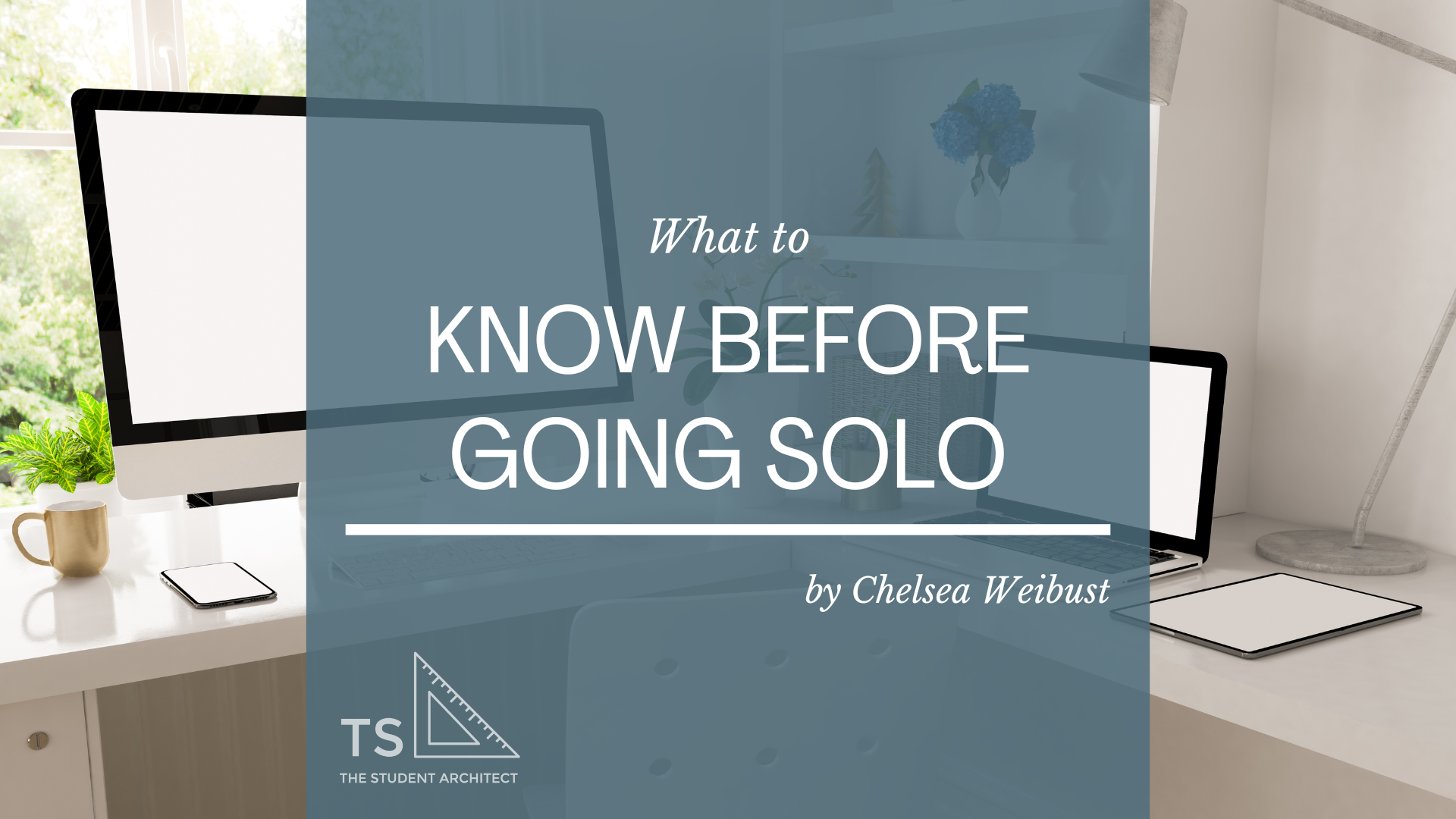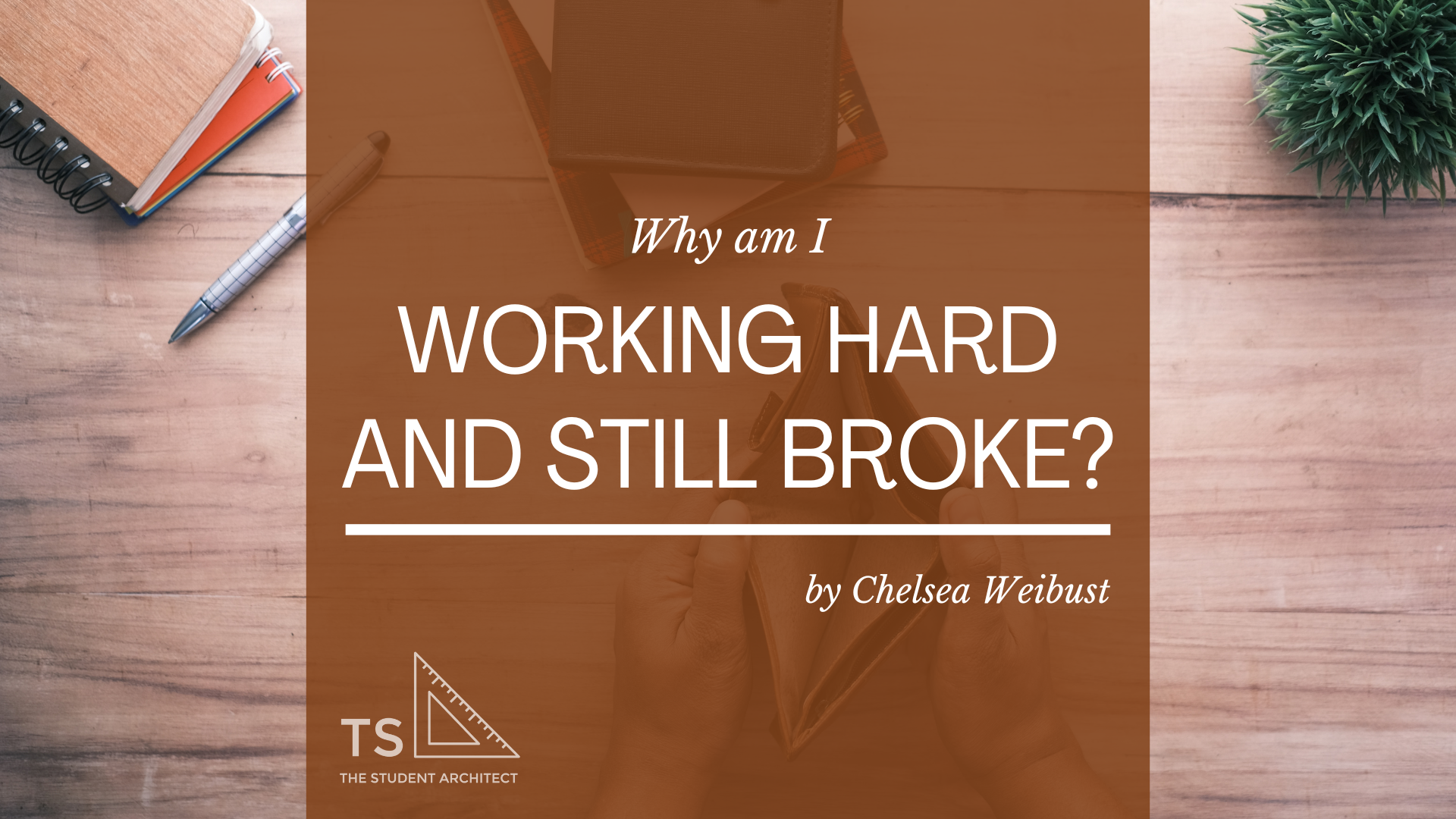You’ve been grinding away at your firm. You've mastered the Revit rabbit hole, survived back-to-back deadlines, and can now annotate details in your sleep. But lately, something’s been tugging at you.
Maybe you want more flexibility.
Maybe you’re ready to call the shots for once.
Maybe you’re just so done with last-minute markups at 6:03 p.m. on a Friday.
Whatever it is—you’re feeling the itch. And if I think I want to go solo has been floating around your brain lately, this post is your friendly reality check (and pep talk).
1. Freelancing Isn’t All Design (But You Might Kinda Like That)
Let’s rip off the band-aid: going solo = way more than design work.
You’ll be:
Your own project manager
Your own marketing department
Your own accountant
Your own tech support
…and still a designer, just with ✨more tabs open✨ in your brain
With so many extra tasks and responsibilities, it can feel like you’re working for free a lot of the time, but it won’t always feel that way. Weirdly? It can be really fun. Because you get to build a business the same way you’d design a space—intentionally, creatively, and in a way that reflects you.
Check out my post on: 15 Tips for Starting Your Own Design Business
2. You Don’t Need a Website (Seriously)
Do I love a slick, well-designed portfolio site? Absolutely.
Do you need one to get your first client? Nope.
Real talk: When I first started freelancing (and even when I launched my design business), I didn’t have a logo, a business name, or a website. Nothing. Would I recommend that route? Not exactly. While you don’t need everything figured out, having a few of those basics in place can make things feel a whole lot smoother and help protect you when you’re getting started. I recommend starting here.
Freelancing or running a business isn’t about looking polished—it’s about being useful. If you have one great project and one person who trusts you, you’re in business.
Share a clean, curated PDF of your best work. Hop on a call. Be clear, be kind, be confident.
Just make sure to check in with past employers before advertising projects you worked on during your employment with them.
3. Your Network Is Bigger Than You Think
You don’t need 10k followers or a viral TikTok. You just need to tap into the people who already know and trust your work.
Think:
Old classmates
Past coworkers
That one studio prof who got you
Even friends and family members who aren't in architecture (they know people!)
People hire people they trust.
Start by saying:
“Hey! I’m freelancing now. Know anyone who might need help?”
OR
Hey! I just started my own residential design business. Know anyone looking to start a home project?
You may be surprised at how quickly word can travel and work finds its way to you.
4. Hourly Pricing Is a Trap
At your job, you got paid for your time. As a freelancer? That model can burn you out fast.
Here’s the deal:
When you charge by the hour, you cap your income—and accidentally train clients to think your time is all they’re paying for.
Instead:
→ Charge for the project
→ Base it on the value you bring
→ Price with confidence (even if your voice shakes a little)
Most clients and homeowners prefer this method because they know how much it’ll cost upfront.
Bonus tip? Build in wiggle room. Because something will take longer than you think.
Side note: Hourly pricing does have its place. If you're still getting the hang of time estimating, or if the project scope is fuzzy with lots of unknowns, charging hourly can actually protect you from undercharging. It gives you flexibility while you figure things out—and that’s totally okay.
👉 Not sure how to confidently price a project without pulling numbers out of thin air? My Project Profit Planner spreadsheet helps you break down your time, phases, and pricing so you can charge what your work is actually worth (and plan for profit, not panic).
5. Your Income Will Fluctuate (And That’s Okay)
Let’s talk numbers:
→ A 9–5 gives you predictable paychecks.
→ Freelancing gives you $5K one month, $500 the next.
But here’s the upside:
Your earning potential is way higher. And when you learn how to forecast, price right, and stack your pipeline, those highs become less random—and the lows get less scary.
Plan ahead. Budget smarter. Think like a business owner (because you are one now).
6. Freedom Feels Amazing—But It Comes With Homework
The best part of freelancing or running a business? You get to choose your projects, clients, and schedule.
The hardest part? You also get to hold yourself accountable and chase invoices, scope creep, and weird project emails at 9:47 p.m.
But here’s what no one tells you:
You will grow like crazy.
You’ll learn:
How to talk about your value
How to negotiate without sweating
How to set boundaries (hello, no-more-weekend-edits)
How to manage your time like a boss
It’s personal growth and professional growth. Like leveling up in a video game—with spreadsheets.
✨ PS: You don’t have to figure it all out on your own.
My Freelance Freedom Formula Workbook walks you through everything from discovering different ways to price your work and finding clients to managing your finances and organizing your workflow. It’s basically your business starter kit—with checklists, templates, and sanity-saving tools I wish I had from the start.
7. The Skill No One Talks About
One of the biggest things you’ll build along the way is resilience. Freelancing (and running a business) isn’t always smooth sailing.
There will be quiet seasons, mistakes made, awkward client moments, and times you question everything.
But each challenge gives you a new skill, a sharper instinct, and a thicker skin. Over time, you get better at bouncing back, trusting your gut, and moving forward with confidence, even when things feel uncertain. That kind of growth is something a paycheck alone can’t give you.
Final Thought
If you're feeling pulled toward freelancing or starting your own business, trust that instinct. But take it step-by-step. Start small. Be smart. Don’t ghost your firm tomorrow and launch a website you hate next week, or realize you’re way in over your head.
Think of it as a design process. Research, iterate, refine. Try dipping your toes in with some moonlighting (if your firm allows it) to get a taste of freedom before diving all the way in.
Freelancing (or running a business) isn’t just about working for yourself—it’s about creating a career that works with you. One that grows alongside your skills, your lifestyle, and your goals.
You’re not just leaving the firm world. You’re building something brand new.
And honestly? You’re going to crush it.
Ready to take the first real step into freelancing or starting a business?
Start with the tools I built from experience:
15 Tips for Starting Your Own Design Business – to get started on the right foot
Project Profit Planner – for pricing projects like a pro
Freelance Freedom Formula Workbook – to get clear, confident, and client-ready
You’ve got this. And I’ve got your back. 💪
Happy Businessing!
Chelsea
















Thinking of leaving the structured world of an architecture firm to go solo? The transition from employee to business owner is a big shift—personally and professionally. Here are five major changes you’ll experience (and grow from!) when you trade firm life for freelancing or running your own design studio—plus tools to help you thrive along the way.